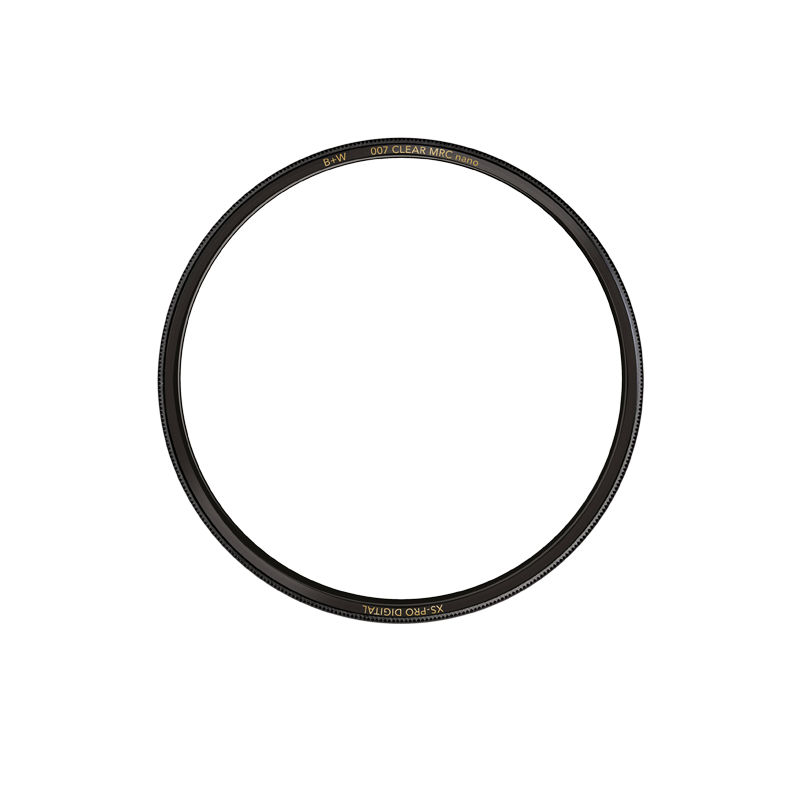UV/IR Blocking Filter
The special effect of the UV/IR blocking filter is different from that of all other Rodenstock filters. It blocks UV and infrared radiation by interference through a dielectric multi-layer coating, instead of by absorption in the glass (as for instance a pure UV blocking filter does). This filter is necessary only in digital photography, because of films (except special IR films) are almost insensitive to IR radiation. CCD and CMOS sensors on the contrary are lightly sensitive to UV radiation and highly sensitive to IR radiation, even more than to the visible light. Although an IR-blocking filter is set behind the protection glass in front of the filter or the protection glass has an integrated IR blocking filter, usually its blocking effect is not sufficient whenever there is a high level of IR radiation. An increase in IR radiation then causes a reddish hue and a loss in contrast and in sharpness, because of the lenses are not corrected for the infrared range.
For this reason, the use of a highly effective UV/IR blocking filter in front of the lens is recommended in all critical situations. Its effect cannot be replaced by digital imaging software at a later date.
Except of minimal reduction of violet and very long-wave red, the Rodenstock-UV/IR-blocking filter does not influence at all the colors of visible light. Therefore it can be left permanently on the lens and used as a front lens protection. Furthermore, in astronomical photography with photo lenses or telescopes it helps to get sharper images of stars and to reduce color fringes.
The Rodenstock UV/IR Blocking Filter is available with a normal mount in sizes from 27 mm to 82 mm (except 30 mm, 39 mm und 60 mm). It is fitted with a female thread at the front side and a male thread of the same size at the rear. So an additional filter or a lens hood can be fixed.













_D1.png)
_D2.png)
















